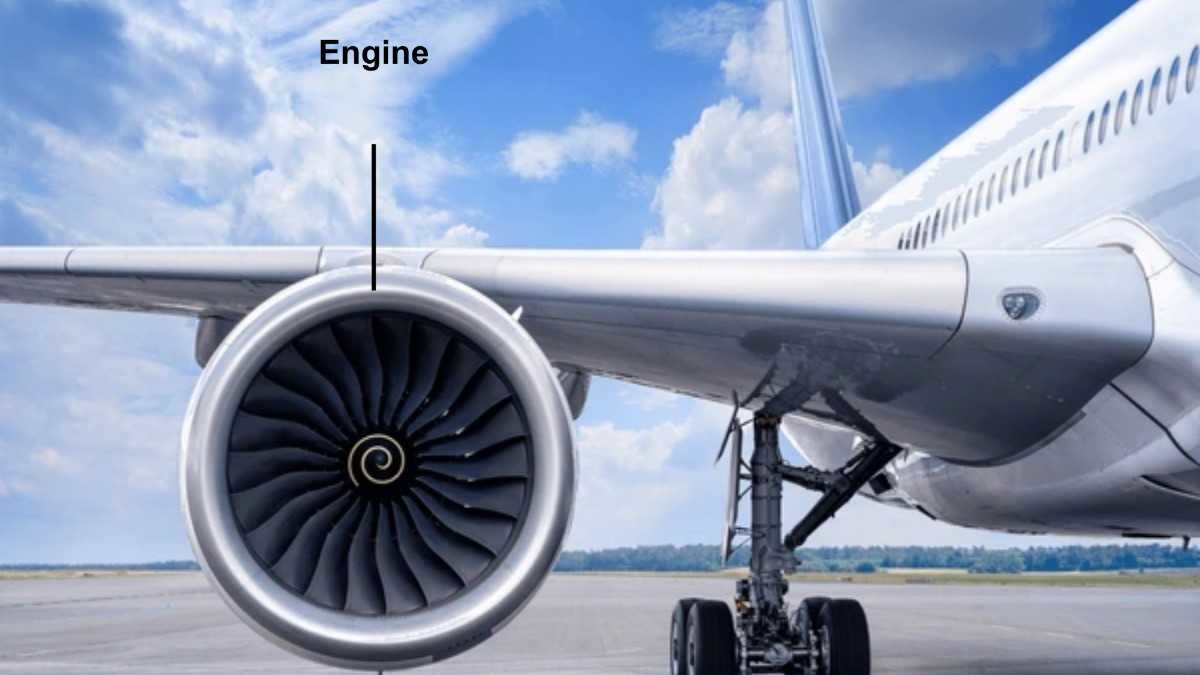Aircraft Engines: The Powerhouse of an Aircraft
Aircraft engines are the powerhouse behind the incredible ability of airplanes to soar through the skies. These highly complex machines generate the thrust necessary to propel aircraft forward, allowing them to overcome gravity and achieve flight. The Jet Engines and Reciprocating Engines are two main categories of aircraft engines.
Let's start with the first category of aircraft engines: Jet Engine

A jet engine operates in compliance with Newton’s third law of motion, which states that “for every action (force), there is an equal and opposite reaction (force).” A jet engine operates in compliance with Newton’s third law of motion, which states that “for every action (force), there is an equal and opposite reaction (force).” In aircraft propulsion, the ‘body’ refers to the atmospheric air that accelerates through the engine. The force necessary for acceleration has an equal effect in the opposite direction on the machine producing it. A jet engine is a reacting engine, generating a thrust and propeller combination. Both drive the aircraft by shoving massive amounts of air backward, one as a low-speed slipstream and the other as a high-speed jet. In this comprehensive writing, we will delve into the inner workings of aircraft jet engines, exploring the different types of jet engines and uncovering the fascinating mechanisms that enable these engines to function.
In this comprehensive writing, we will delve into the inner workings of aircraft jet engines, exploring the different types of jet engines and uncovering the fascinating mechanisms that enable these engines to function.
Working of Jet Engine-: Step-by-Step Explanation
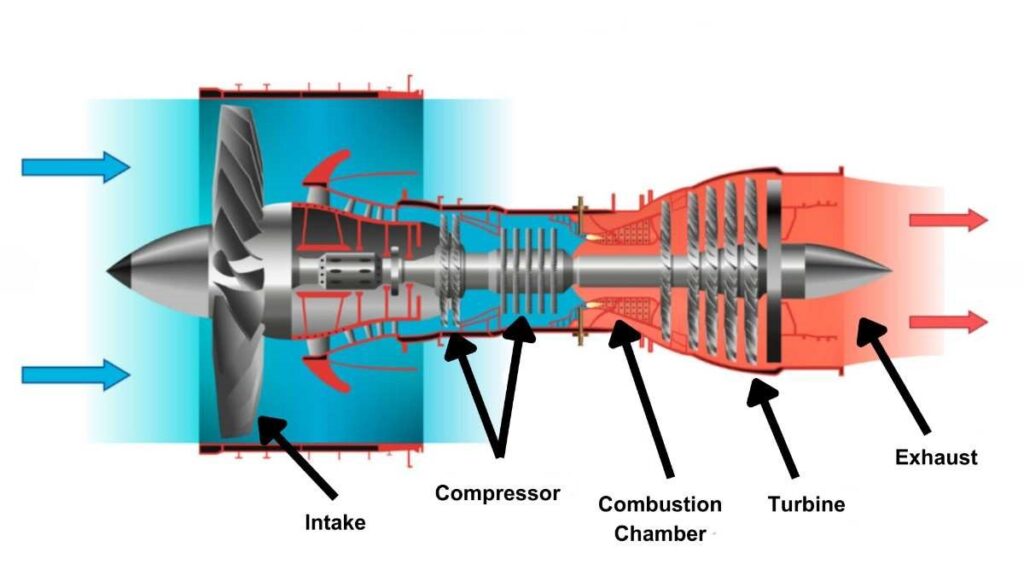
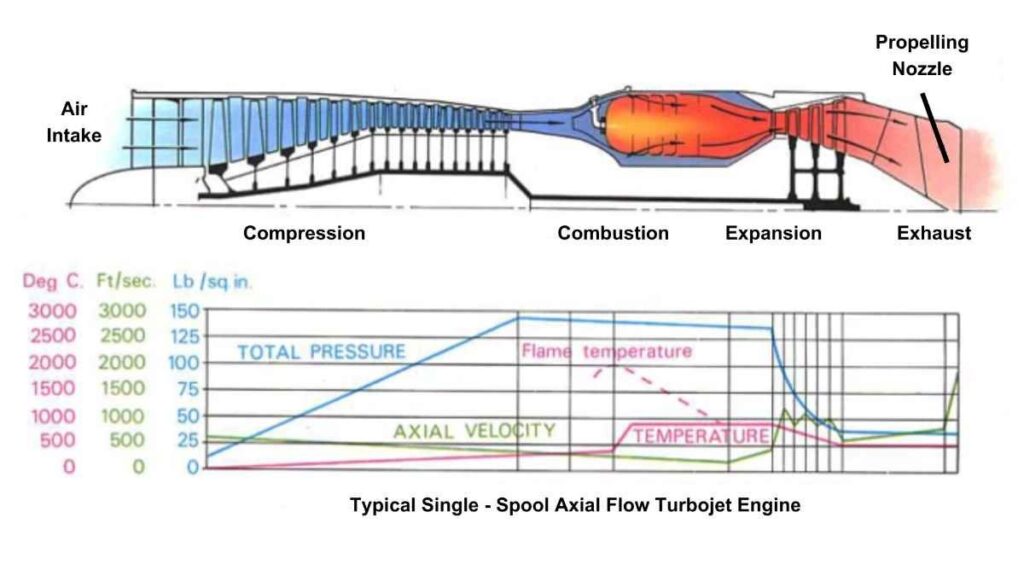
Inlet
The first component of an aircraft engine is the inlet. An inlet captures and directs incoming air into the engine. First, in the operation of a jet engine is the air intake. As the aircraft moves forward, the intake scoops in large volumes of air from the atmosphere. Its primary responsibilities are ensuring uniform airflow while minimizing disturbances and pressure losses. They are designed to slow down the oncoming air and compress it – decrease its speed – to make it easier to handle inside the engine. At the front of the engine is a huge fan or compressor that draws in a significant amount of air. It is situated behind the air intake and is the first component to meet incoming air in high-bypass turbofan engines. It is the most common type of jet aircraft in the commercial sector. The fan spins, letting air out around the engine, bypassing the core and providing most of the thrust, making it quiet and energy-saving. The air is pushed into the engine’s core by the fan.
Compressor
The compressor, often called the heart of an aircraft engine, compresses the incoming air to higher pressures. Compressors are often composed of several stages, each with spinning blades (rotors) and stationary blades. The rotors accelerate the air while the stators slow it down, increasing its pressure. This technique significantly increases air pressure before it enters the combustion chamber.
When air is sucked into the engine, it goes through a set of compressor blades. These blades progressively compress the air, increasing its density and pressure. The compression process prepares the air for the combustion stage.
Combustion Chamber
The magic happens in the combustion chamber. This part creates high-temperature, high-pressure gases by combining compressed air and fuel to ignite the mixture. The engine is driven by the enormous energy released during combustion.
After compression, fuel gets injected into the compressed air mixture. The mixture then enters the combustion chamber, where it ignites, which leads to a rapid release of energy. The combustion process generates excessively high temperatures, often exceeding the melting point of the turbine blades.
How combustion chamber is protected from high temperatures when it reaches the melting point of structural metal?
Two things must happen to keep the chamber from melting. To begin, some air from the pre-combustion airflow is added to form a thin film of air between the hot gas and the chamber. Second, the combustion chamber is a titanium alloy with a ceramic coating. These extremely thin ceramic coatings reduce the material temperature to roughly 300 °C. Titanium combustion chambers are cast, welded together, and coated with ceramic.
Turbine and Thrust Generation
The turbine draws energy from the high-temperature, high-pressure gases generated during combustion. It is located downstream of the combustion chamber. It includes several revolving blades that are propelled by the expanding gasses as they pass over them. The compressor and additional engine components, like generators and hydraulic pumps, are run by this rotation.
As combustion occurs, high-temperature gasses expand and pass through several turbine blades. The expanding gasses power a shaft that is attached to these blades. The energy gets transferred by the gases as they move through the turbine that rotates the turbine blades.
The engine may run continuously because of the connection between the rotating turbine shaft and the compressor seen at the front of the engine. Moreover, depending on the engine type, the turbine shaft is linked to the fan or propeller of the engine. The thrust is required to move the aircraft forward and is produced by the fan rotating or propeller. For turbofan engines, around 80% of thrust comes from the fan, while 20% from the core engine.
Exhaust
After passing through the turbine, the exhaust gases exit the engine through the nozzle. The final stage of the jet engine operation involves the removal of exhaust gases. These gases flee the engine through a carefully designed nozzle, which helps maximize thrust efficiency. The expelled gases create a powerful jet stream, propelling the aircraft forward by Newton’s Third Law. It is 100% for turbojet engines. For turbofan, this is 20%, and for turboprop, it happens to have a negligible effect on producing forward movement force.
Type of Jet Engines
Turboprop Engine
The turboprop engine is a type of turbojet engine. It is connected to the aircraft’s propeller by a gearing system. Most of the thrust gets produced by the turbojet-driven fan blades located at the front of the engine. They are used at mid-range altitudes because of their reputation for fuel efficiency. On the other hand, turboprop engines have limited forward airspeed and are prone to gearing system problems. These engines are caught in regional flights for shorter distances.
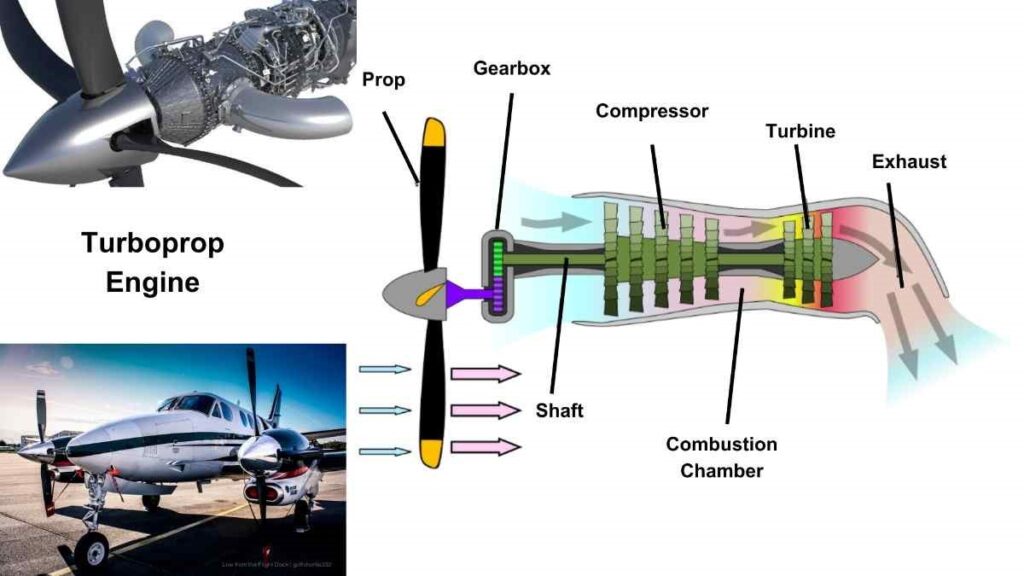
Turbojet Engine
The turbojet engine operates based on Newton’s Third Law of Motion. Air is compressed in the engine’s compressor, and fuel is ignited in the combustion chamber, raising the temperature of the air. The high-pressure gases produced in the combustion chamber flow through the turbine, which drives the compressor and creates thrust. Turbojet engines are highly efficient at high speeds and are seen in military aircraft.

Turbofan Engine
Turbofan engines, the most widely used type of jet engine in commercial aviation, boast a high bypass ratio. The majority of the air bypasses the core and is accelerated out the back, providing the primary source of propulsion. The fuel efficiency and quiet operation of these engines are what make them so popular. The bypass air also contributes to cooling the turbine blades, which operate at extremely high temperatures.

What's the difference between turbojets and turbofans?
Most people believe that turbojets and turbofans are the same type of jet engines. They are similar, though there are some distinctions. Both have an air intake, but the primary distinction between a turbofan and a turbojet engine is that the former uses only a fraction of the air for combustion, while the latter consumes practically all of it. The combustion process produces exhaust gas, which propels the aircraft forward. Turbofan engines were more popular in the past, but most commercial aircraft now employ turbojet engines.
Turboshaft Engine
The turboshaft engine is similar to a turboprop engine but is employed in helicopters to power the rotor instead of driving a propeller. They allow the rotor speed to remain constant even as the gas generator’s speed fluctuates. These engines are used in helicopters because of their ability to modulate power and maintain a steady rotor speed.
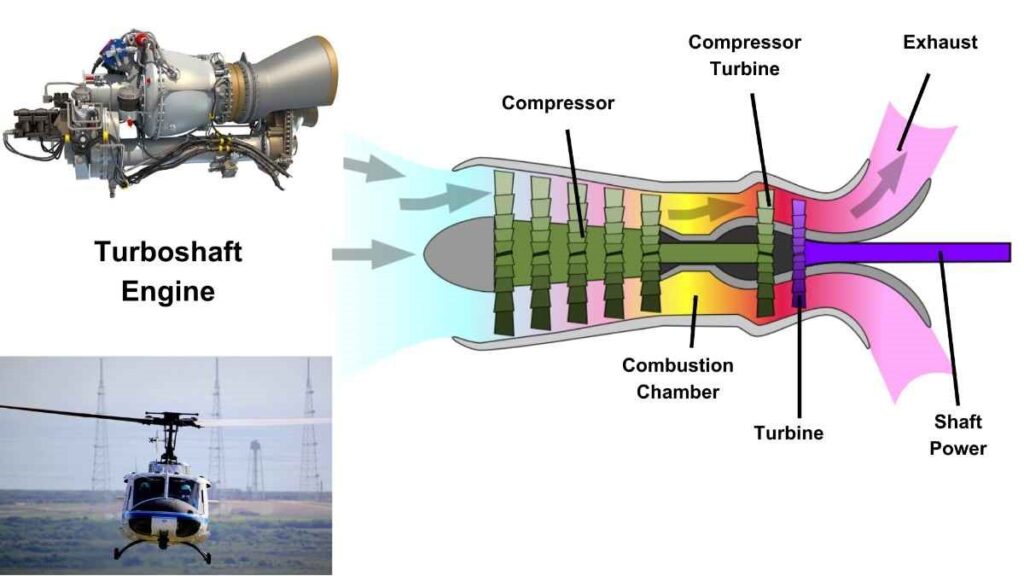
Ramjet Engine
Ramjet engines are unique in that they do not have any moving parts. These engines compress incoming air by using the aircraft’s forward speed. After the fuel and compressed air are combined and burned, high-velocity exhaust gases are generated, ultimately producing thrust. They are ideal for high-speed military aircraft and missiles because they operate best at supersonic speeds.
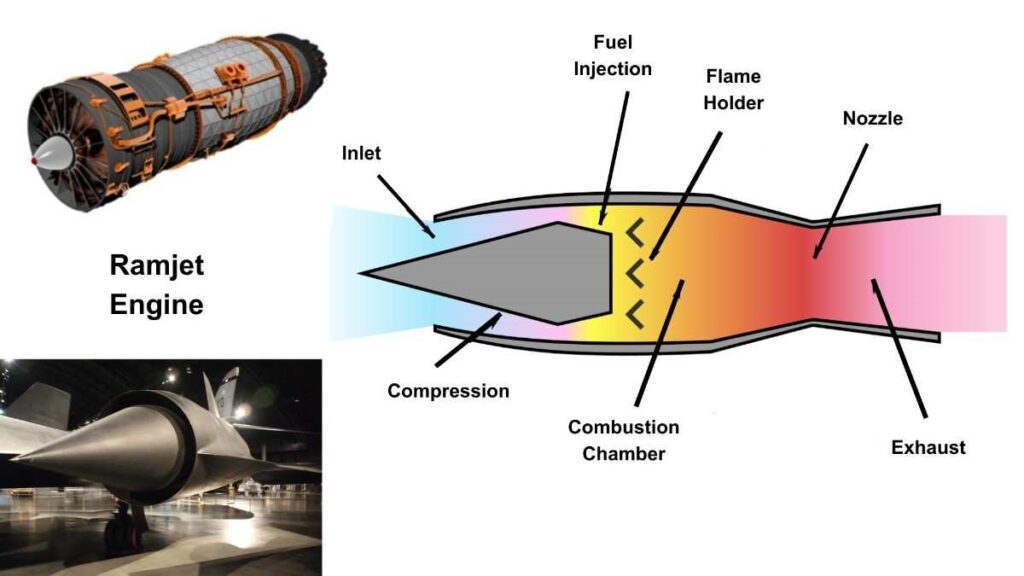
Summary
Aircraft engines are marvels of engineering that enable the incredible feat of human flight. From the earliest gas turbine engines to the advanced turbofan engines of today, these machines have undergone numerous advancements to enhance efficiency, power, and reliability. Understanding the inner workings of jet engines helps us appreciate the intricacies of flight and the remarkable achievements of aviation technology.Whether it’s the fuel-efficient turboprop engine or the high-speed capabilities of the turbojet engine, each type of jet engine plays a crucial role in powering aircraft through the skies. As technology continues to evolve, we can expect further innovations in aircraft engine design, paving the way for more efficient and sustainable air travel.

